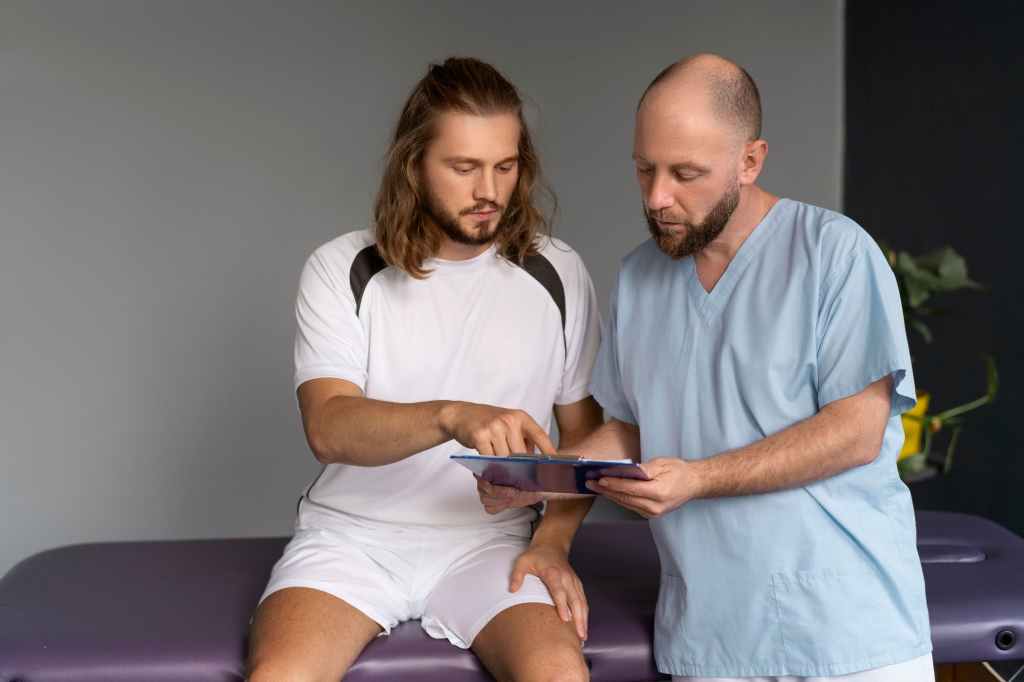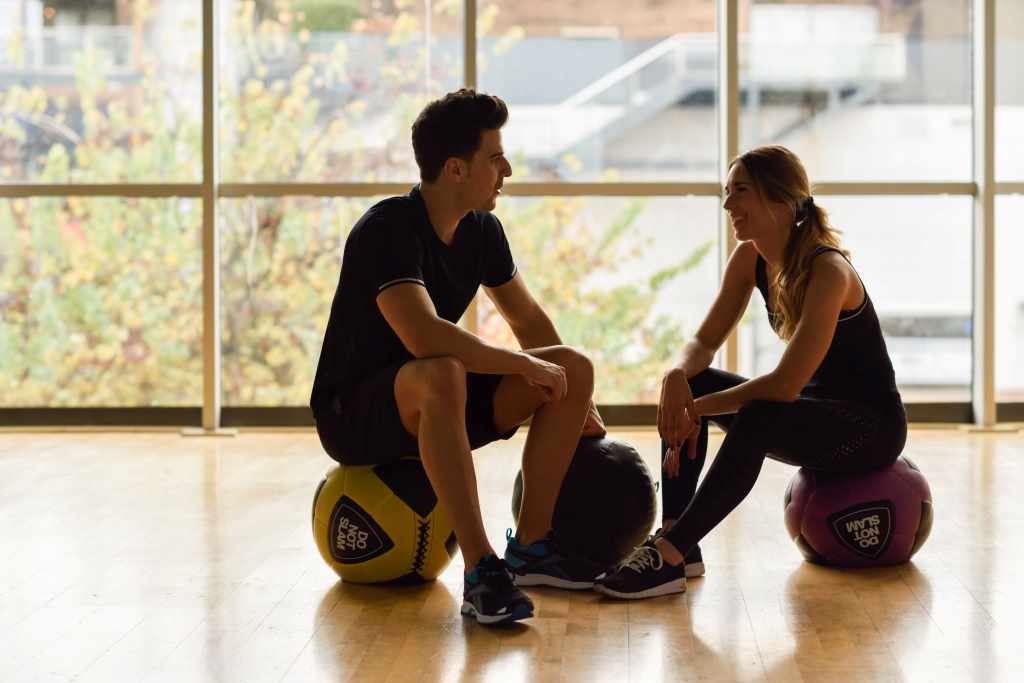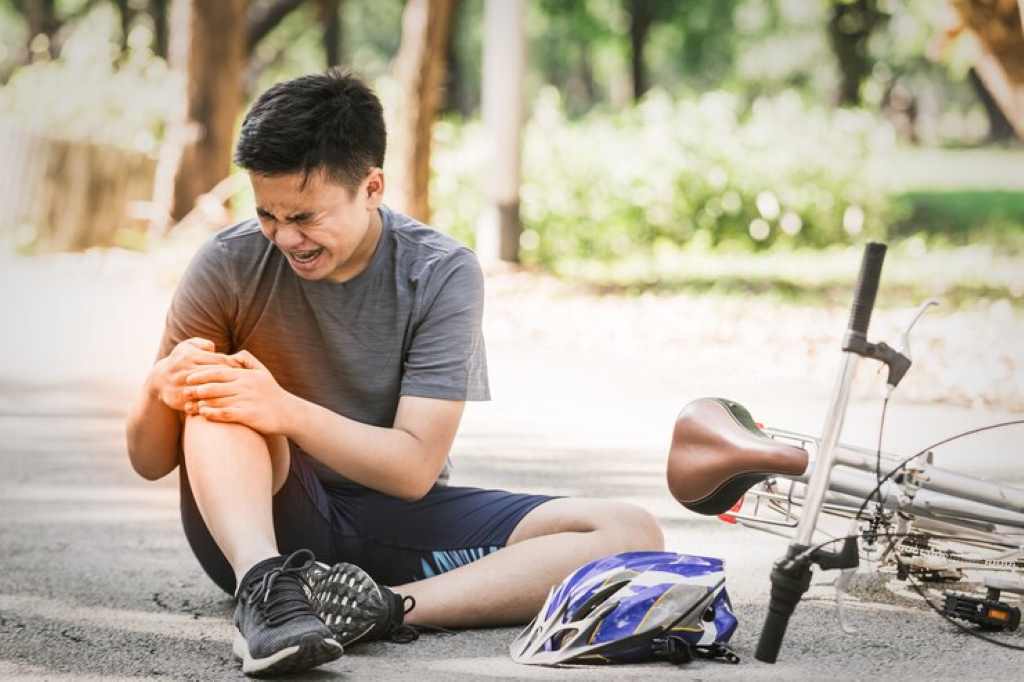Athletes, whether professional or amateur, are no strangers to the risk of injuries. Accidents can happen on the field, court, and off the field.
When an athlete is faced with an injury, navigating the medical care process becomes crucial for a swift and effective recovery.
This article provides essential tips for athletes to guide them through the intricate web of medical care after an accident.
Immediate Actions on the Scene
The first few moments after an accident are critical. Athletes must prioritize their safety and the safety of those around them. If the injury is severe, seeking immediate medical attention is paramount.
However, even in less severe cases, certain steps can be taken on the scene to facilitate the subsequent medical care process.
1. Assess the Severity of the Injury
Before anything else, athletes should assess the severity of their injury. Understanding the extent of the damage can help in communicating effectively with medical professionals later.
If there’s any doubt about the seriousness of the injury, it’s always better to err on the side of caution and seek professional medical evaluation.
2. Consult with an Attorney
An attorney can help an athlete understand the insurance claims process, medical billing and other financial matters related to their medical care.
Attorneys ensures that an athlete receives coordinated medical care and guide them on the best course of action to take post-accident. They can also help an athlete understand their rights and the legal implications of their accident.
Consulting with an attorney can give an athlete peаce of mind while navigating the medical care process after an accident.

Seeking Professional Medical Evaluation
Once the immediate danger is addressed, athletes must undergo a comprehensive medical evaluation. This step is crucial for establishing an accurate diagnosis and developing an appropriate treatment plan.
1. Choose the Right Healthcare Provider
Selecting the right healthcare provider is the cornerstone of the medical care process. Athletes should opt for professionals experienced in sports medicine.
These specialists understand the unique demands of athletic activities and can tailor their approach to suit the needs of athletes, while a skincare specialist can further enhance the care process by addressing specific dermatological concerns related to sports participation.
2. Consideration of Specialized Clinics
In some cases, specialized sports clinics may offer a more focused approach to athlete injuries. These clinics often hаve state-of-the-art equipment and experienced staff dedicated to treating sports-related injuries.
3. Collaboration with Team Physicians
For professional athletes, collaboration with team physicians is common. These physicians are familiar with the athlete’s medical history and can provide a seamless continuum of care.
4. Thorough Examination and Diagnostic Tests
A thorough examination by the healthcare provider is essential. Diagnostic tests such as X-rays, MRIs, or CT scans may be necessary to assess the extent of the injury fully.
Athletes should actively participate in this process, providing detailed information about the circumstances of the accident and any symptoms they аre experiencing.
Effective Communication with Medical Professionals
Communication is a two-way street. Athletes must actively engage with their healthcare providers to ensure a clear understanding of their condition and treatment options.
1. Open and Honest Communication
Honesty is crucial when discussing symptoms, pain levels, and the impact of the injury on daily activities. Athletes should communicate openly with their healthcare providers, ensuring that no details are overlooked.
This transparency lays the foundation for an accurate diagnosis and appropriate treatment plan.
2. Provide a Detailed Injury History
Athletes should offer a detailed history of the injury, including any pre-existing conditions that might affect the treatment approach. This information enables healthcare providers to tailor their recommendations to the individual needs of the athlete.
3. Ask Questions and Seek Clarification
It’s essential for athletes to actively participate in the decision-making process. Asking questions about the diagnosis, treatment options, and potential risks allows athletes to make informed choices about their healthcare.

Active Participation in the Rehabilitation Process
Recovery doesn’t end with the initial treatment. Athletes play a crucial role in their rehabilitation, and active participation is key to a successful recovery.
- Adherence to Treatment Plans: Healthcare providers often prescribe a combination of treatments, including physical therapy, medications, and rest. Athletes must adhere to these treatment plans diligently. Skipping sessions or neglecting prescribed medications can hinder the recovery process.
- Consistent Follow-Up Appointments: Regular follow-up appointments are essential to monitor progress and make any necessary adjustments to the treatment plan. Athletes should attend these appointments consistently, even if they feel their condition has improved.
- Incorporate Cross-Training and Conditioning: In some cases, modified training and conditioning programs can aid in the rehabilitation process. Athletes should work closely with their healthcare providers and trainers to incorporate safe and effective cross-training activities that support recovery after sport injury.
Navigating the Insurance Process
The financial aspect of medical care is an important consideration for athletes. Navigating the insurance process can be complex, but it’s crucial to ensure that all necessary treatments are covered.
- Understanding Insurance Coverage: Athletes should have a clear understanding of their insurance coverage, including any limitations or exclusions related to sports injuries. This knowledge can prevent unexpected financial burdens during the course of treatment.
- Verification of Pre-authorization Requirements: Certain medical procedures may require pre-authorization from the insurance provider. Athletes should be proactive in verifying these requirements to avoid delays in treatment.
- Documentation of Medical Expenses: Keeping detailed records of all medical expenses is essential for insurance claims. This includes bills for doctor visits, diagnostic tests, medications, and rehabilitation services. Thorough documentation can streamline the reimbursement process.
Psychological Support for Athletes
The mental and emotional toll of an injury should not be underestimated. Athletes may face anxiety, depression, or frustration during the recovery process.
- Seeking Psychological Counseling: In addition to physical recovery, athletes should prioritize their mental well-being. Seeking psychological counseling can help them cope with the emotional challenges of injury and maintain a positive mindset throughout the recovery journey.
- Support from Peers and Coaches: A strong support system is invaluable during times of injury. Athletes should lean on their peers, coaches, and support staff for encouragement and motivation. The sense of camaraderie can make a significant difference in the overall recovery experience.

Conclusion
Navigating the medical care process after an accident requires a multifaceted approach. From the immediate actions on the scene to the ongoing rehabilitation and psychological support, athletes must be proactive and engaged in every step of their recovery journey.
By following these essential tips, athletes can optimize their chances of a successful recovery and a return to their chosen sports with confidence and resilience.










